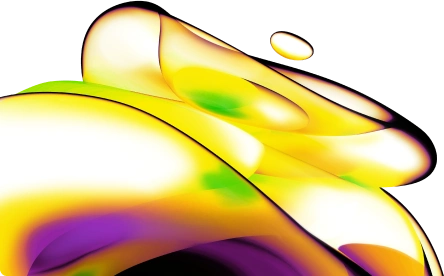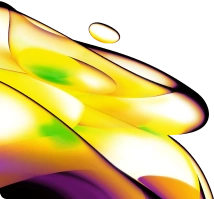
AlphaLISA SureFire Ultra Mouse Phospho-IRF5 (Ser446) Detection Kit, 100 Assay Points
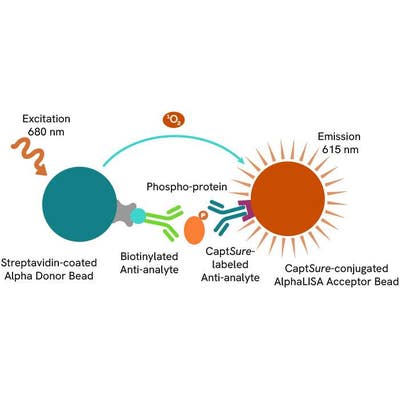
AlphaLISA SureFire Ultra Mouse Phospho-IRF5 (Ser446) Detection Kit, 100 Assay Points
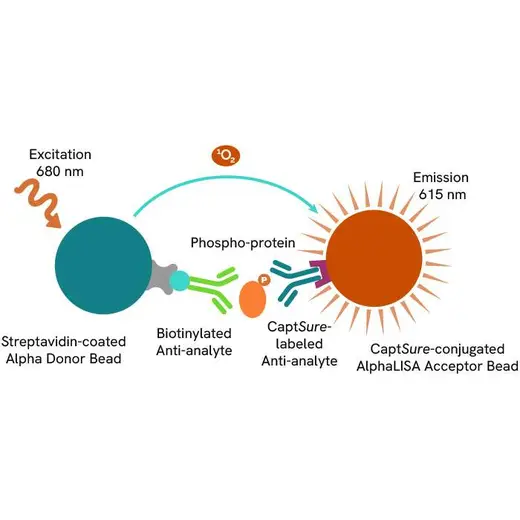

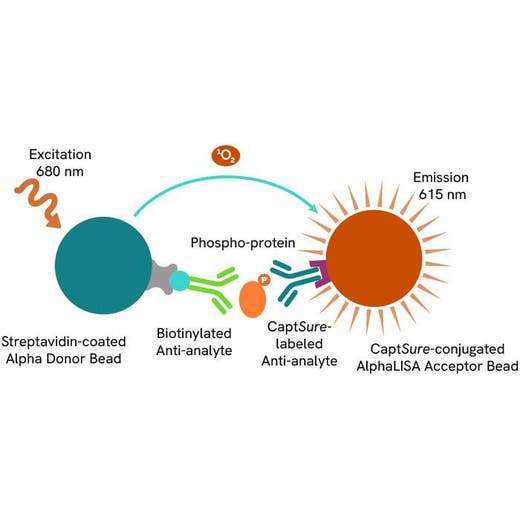

The AlphaLISA™ SureFire® Ultra™ Human Phospho-IRF5 (Ser446) assay is a sandwich immunoassay for quantitative detection of phospho-IRF5 (Ser446) in cellular lysates using Alpha Technology.
For research use only. Not for use in diagnostic procedures. All products to be used in accordance with applicable laws and regulations including without limitation, consumption and disposal requirements under European REACH regulations (EC 1907/2006).
| Feature | Specification |
|---|---|
| Application | Cell Signaling |
| Sample Volume | 30 µL |
The AlphaLISA™ SureFire® Ultra™ Human Phospho-IRF5 (Ser446) assay is a sandwich immunoassay for quantitative detection of phospho-IRF5 (Ser446) in cellular lysates using Alpha Technology.
For research use only. Not for use in diagnostic procedures. All products to be used in accordance with applicable laws and regulations including without limitation, consumption and disposal requirements under European REACH regulations (EC 1907/2006).


AlphaLISA SureFire Ultra Mouse Phospho-IRF5 (Ser446) Detection Kit, 100 Assay Points


AlphaLISA SureFire Ultra Mouse Phospho-IRF5 (Ser446) Detection Kit, 100 Assay Points


Product information
Overview
Interferon regulator factor 5, IRF5, is a transcriptional regulator of type I interferon (IFN-alpha and IFN-beta)-dependent immune responses. This transcription factor plays a key role in the innate immune response against DNA and RNA viruses. IRF5 is present in the cytoplasm of uninfected cells in an inactive form. Various mediators of the pathways that follow viral infection can overexpress and phosphorylate IRF5. IRF5 is associated with various cancers and autoimmune diseases.
The AlphaLISA SureFire Ultra Human Phospho-IRF5 (Ser446) Detection Kit is a sandwich immunoassay for the quantitative detection of phospho-IRF5 (Ser446) in cellular lysates, using Alpha Technology.
Formats:
- The HV (high volume) kit contains reagents to run 100 wells in 96-well format, using a 60 μL reaction volume.
- The 500-point kit contains enough reagents to run 500 wells in 384-well format, using a 20 μL reaction volume.
- The 10,000-point kit contains enough reagents to run 10,000 wells in 384-well format, using a 20 μL reaction volume.
- The 50,000-point kit contains enough reagents to run 50,000 wells in 384-well format, using a 20 μL reaction volume.
AlphaLISA SureFire Ultra kits are compatible with:
- Cell and tissue lysates
- Antibody modulators
- Biotherapeutic antibodies
Alpha SureFire kits can be used for:
- Cellular kinase assays
- Receptor activation studies
- Screening
Specifications
| Application |
Cell Signaling
|
|---|---|
| Automation Compatible |
Yes
|
| Brand |
AlphaLISA SureFire Ultra
|
| Detection Modality |
Alpha
|
| Lysis Buffer Compatibility |
Lysis Buffer
|
| Molecular Modification |
Phosphorylation
|
| Predicted Species Reactivity |
Human
|
| Product Group |
Kit
|
| Sample Volume |
30 µL
|
| Shipping Conditions |
Shipped in Blue Ice
|
| Target |
IRF5
|
| Target Class |
Phosphoproteins
|
| Target Species |
Mouse
|
| Technology |
Alpha
|
| Therapeutic Area |
Inflammation
Oncology
|
| Unit Size |
100 Assay Points
|
Resources
Are you looking for resources, click on the resource type to explore further.
Discover Alpha SureFire® Ultra™ assays, the no-wash cellular kinase assays leveraging Revvity's exclusive bead-based technology...


How can we help you?
We are here to answer your questions.
